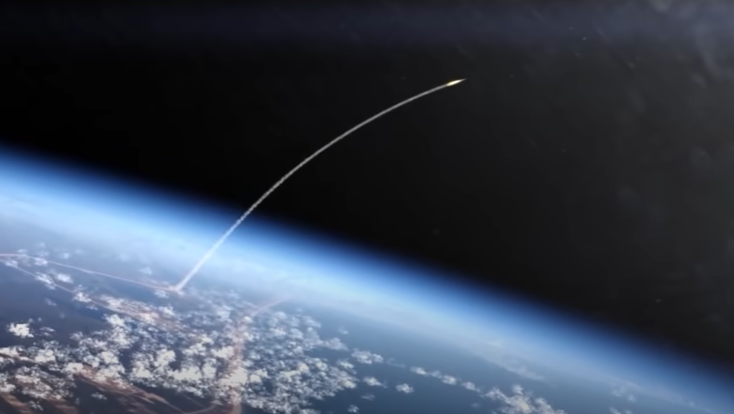
Space agency NASA has teamed up with SpaceX to provide launch services for its upcoming two-year astrophysics mission that will start in June 2024. NASA released the announcement on February 4.
NASA teams up with SpaceX
The mission that NASA and SpaceX will team up for is called Spherex, which stands for Spectro-Photometer for the History of the Universe, Epoch of Reionization and Ices Explorer.
The goal of the mission is to survey the sky in the near-infrared light, which could then help answer questions about the beginning of the universe and how the galaxies were developed.
Spherex will also look for organic molecules and water in areas where the stars are formed from dust and gas, according to CNET.
Spherex will also look for disks located around the stars where new planets could be forming, according to NASA. The mission will allow astronomers to gather data on more than millions of galaxies, and at least 100 million stars that can be spotted in the Milky Way.
The Spherex mission will costs almost $99 million to launch, will take off on a SpaceX Falcon 9 rocket from Space Launch Complex-4E at Vandenberg Air Force Base in California, United States, according to Business Insider.
NASA's SPHEREx mission
NASA has selected the next mission in their Explorers Program and it is going to give the public a glimpse of the ancient past.
The Spectro-Photometer for the History of the Universe, Epoch of Reionization and Ices Explorer or Spherex mission will survey hundreds of millions of galaxies by using both the optical and near-infrared light.
The eyes will peer as far back as 10 billion years but it will also allow researchers to answer questions about the stars that are closer to Earth and across the Milky Way.
In those areas, the Spherex will place a cosmic magnifying glass over the infant stars in the home galaxy, looking for ingredients essential for life such as organic molecules and water.
Thomas Zurbuchen, the associate administrator for NASA's science mission directorate, said that the mission will be a treasure trove of unique data for astronomers.
Spherex will be able to make a stellar map of the sky in 96 different color bands paving the way for future NASA missions, like the James Webb Telescope, with new targets for more study. Every six months, it will survey the whole sky using technologies adapted from Earth satellites and Mars spacecraft.
The James Webb Telescope is expected to launch in 2023 and it will be helmed by James Bock of Caltech, teaming up with NASA's Jet Propulsion Laboratory, Ball Aerospace and the Korea Astronomy and Space Science Institute.
The mission was vying for the Explorers Program funding against the Arcus satellite, which is a high-resolution X-ray observatory that would have studied galaxies and galaxy cluster. It was proposed by the Smithsonian Astrophysical Observatory. In its history, the program has launched at least 90 missions.
Meanwhile, the Spherex mission announcement came on the same day that NASA discontinued its Mars rover Opportunity, which was halted due to a massive dust storm in June 2018, according to NASA.
Related Article: NASA's 'Intergalactic Paparazzi' Hubble Telescope Captures NGC-2525's Supernova 70 Million Light Years Away!
This article is owned by Tech Times
Written by Sieeka Khan

![Apple Watch Series 10 [GPS 42mm]](https://d.techtimes.com/en/full/453899/apple-watch-series-10-gps-42mm.jpg?w=184&h=103&f=9fb3c2ea2db928c663d1d2eadbcb3e52)


